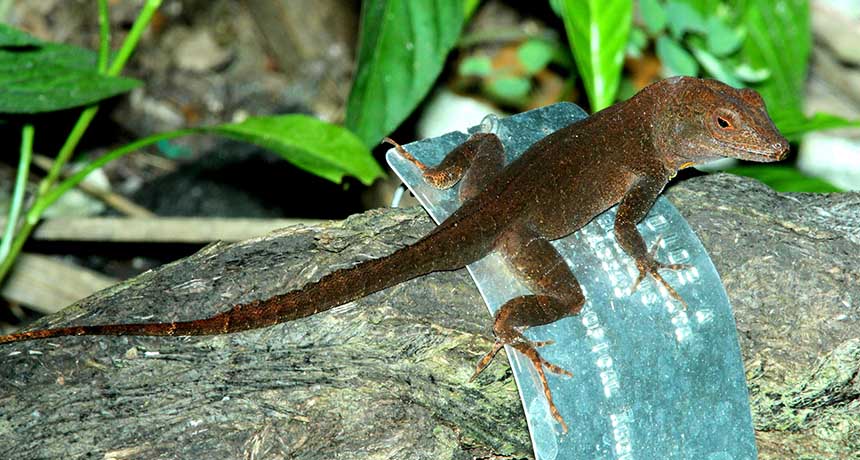Questions for ‘Plants, animals adapt to city living’

In its native environment, woodland surfaces are rough enough to give this lizard plenty of strong toe-holds.
Alan Schmeirer/Flickr (Public Domain)

In its native environment, woodland surfaces are rough enough to give this lizard plenty of strong toe-holds.
Alan Schmeirer/Flickr (Public Domain)